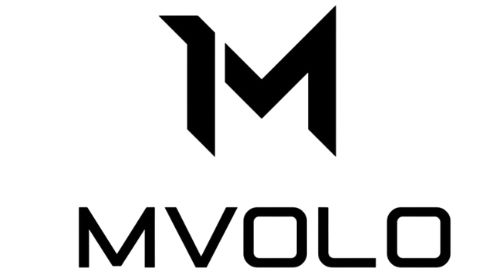Mitochondrial Dysfunction and How Red Light Therapy Can Help
Part
In our last blog, we explained how mitochondria are essential for producing the energy that powers every function in your body. Now, we'll explore what happens when these cellular powerhouses start to fail.
What Is Mitochondrial Dysfunction?
Mitochondrial dysfunction occurs when mitochondria are no longer able to produce sufficient ATP to meet the energy demands of the body. This energy deficiency causes cells to malfunction, leading to inflammation, damage, and eventually, chronic diseases. Conditions such as heart failure, Parkinson's disease, and metabolic syndromes can all be traced back to mitochondrial dysfunction (Nunnari & Suomalainen, 2012).
When mitochondria can't generate enough energy, the body cannot clean or repair itself properly. This can result in accumulated cellular damage, which can lead to mutations and eventually disorders. It is estimated that around 80% of chronic diseases, including neurodegenerative and cardiovascular diseases, are related to mitochondrial dysfunction (Lane, 2006).
How Red Light Therapy Can Help
As mentioned in our previous blog, red light therapy (RLT) has been shown to help restore mitochondrial function. RLT uses specific wavelengths of red light to penetrate deep into the skin, directly stimulating the mitochondria to increase their energy production. When exposed to this light, mitochondrial proteins become more active, leading to increased ATP production and improved cellular function (Hamblin, 2016).
This boost in energy production allows cells to regenerate more effectively, combat inflammation, and reverse some of the damage caused by mitochondrial dysfunction. Research has shown that RLT can be particularly beneficial for those suffering from neurodegenerative diseases, heart conditions, and metabolic disorders (De Freitas & Hamblin, 2016).
By using red light therapy, it's possible to improve mitochondrial health and, in turn, support the body's natural healing processes. This makes RLT a promising tool for those looking to enhance their overall health and well-being by addressing the root cause of many chronic conditions.





